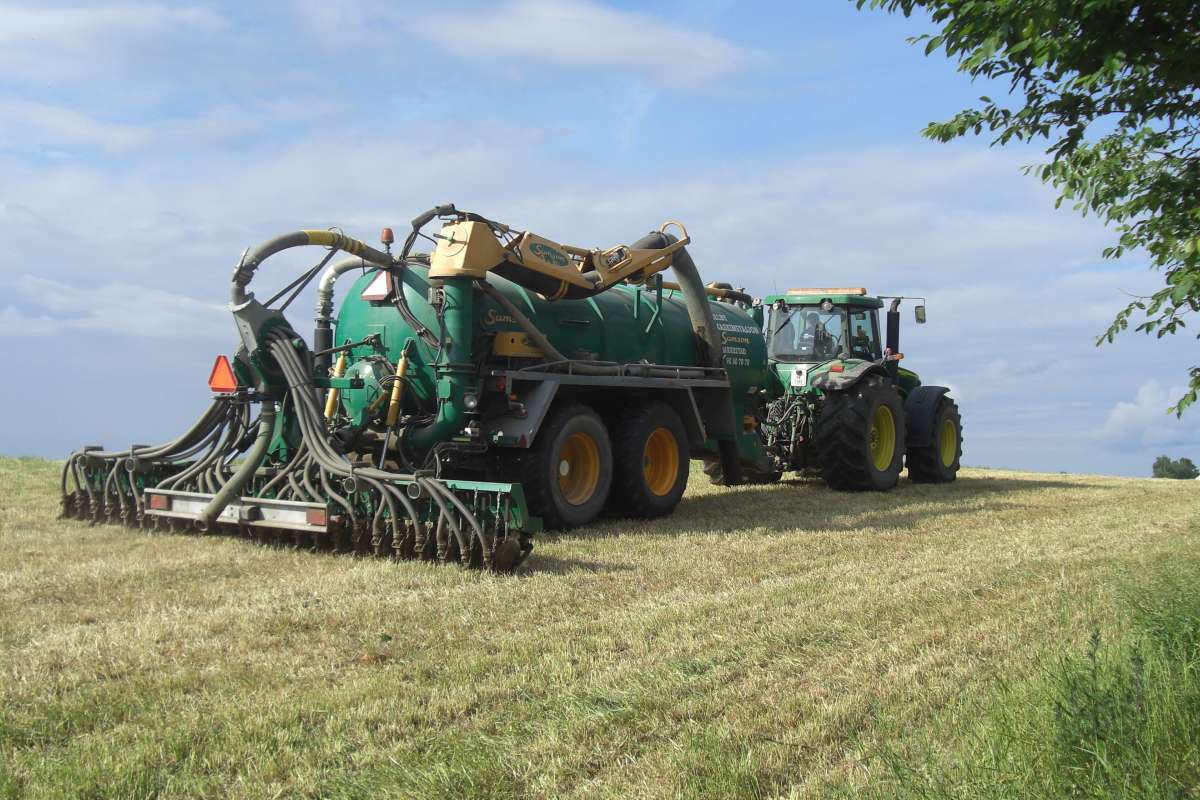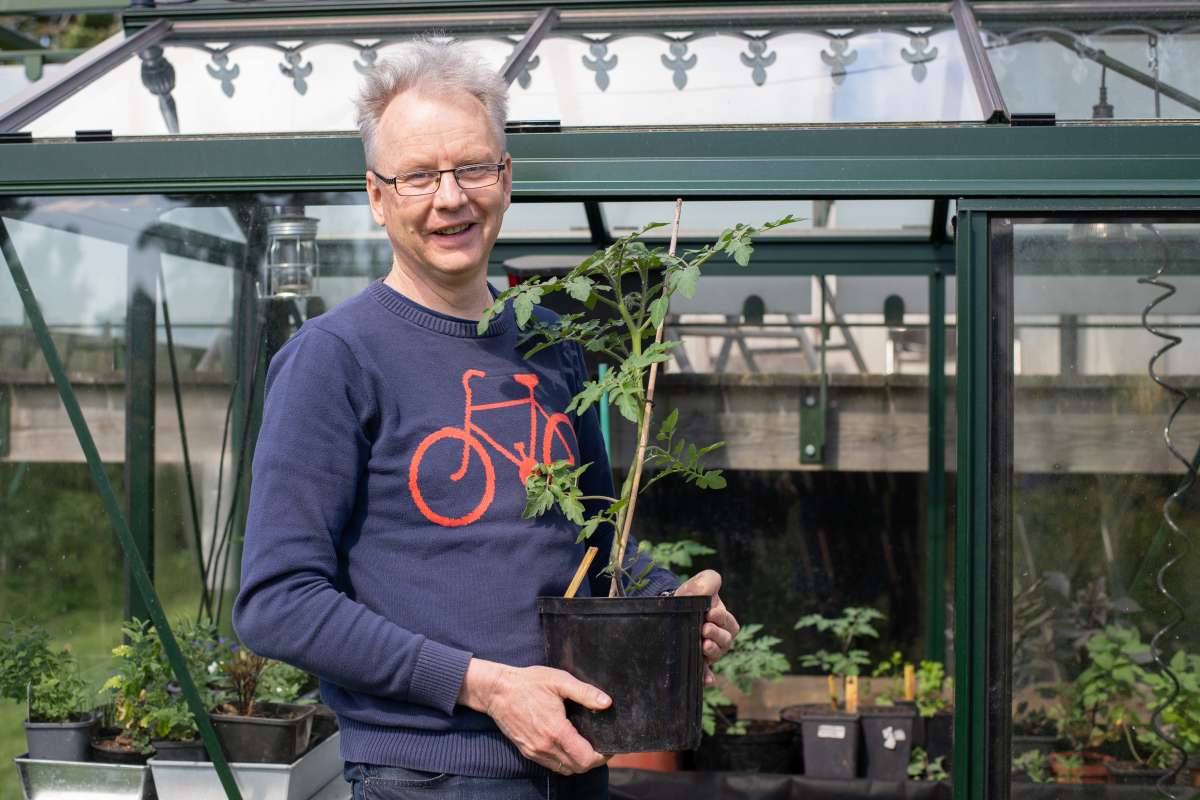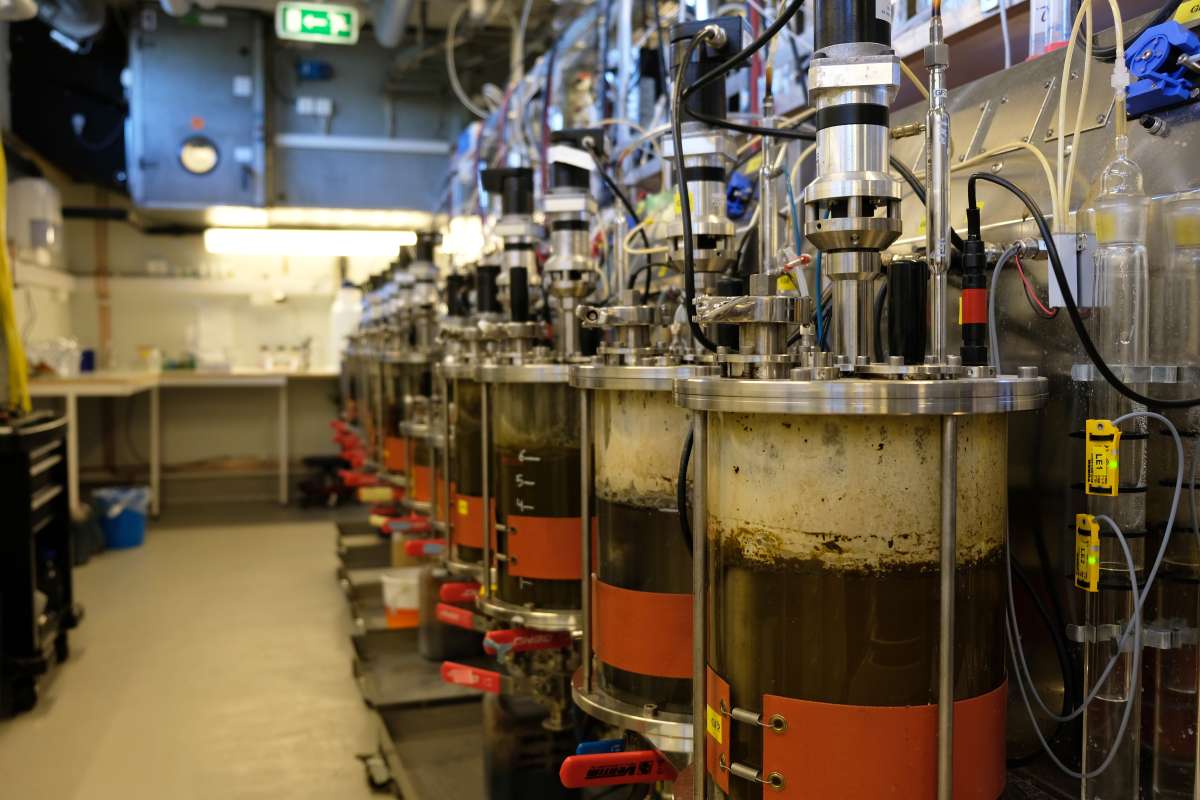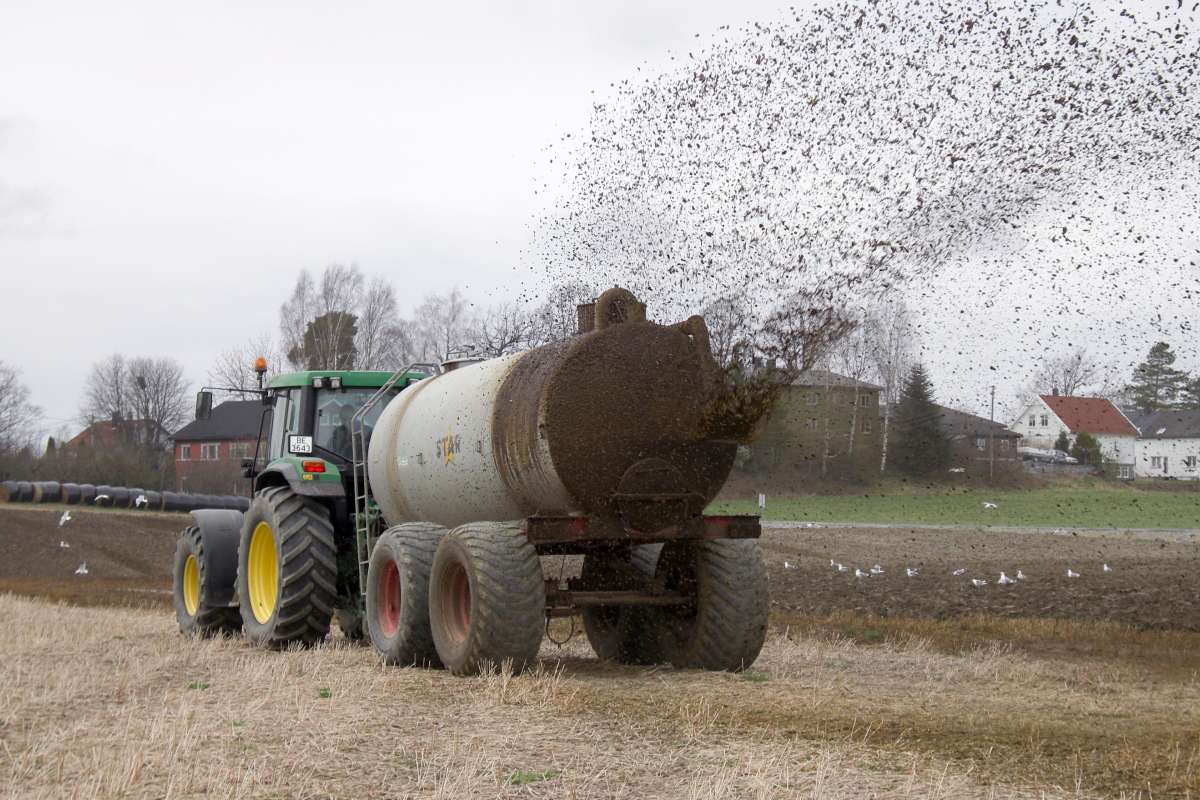Animal manure is a farmer’s gold
.jpg?quality=60)
Farmers have been using this “golden” resource for thousands of years. Manure contains a variety of nutrients that plants need and contributes to better soil health. Photo: Erling Fløistad
In Norway, animal manure is also called «the farmer’s gold». Although it might seem like dirty business, spreading manure is a form of recycling nutrients that already exists in agriculture. It is a prime example of circular economy.
Farmers have been using this “golden” resource for thousands of years. Manure contains a variety of nutrients that plants need and contributes to better soil health. The nutrient content depends on the type of livestock the manure comes from and how it is handled. In 2018, a quarter of the nitrogen spread on Norwegian fields came from manures, mainly spread as slurries. Nitrogen is an essential plant nutrient.
If a farmer applies seventy to ninety tons of slurry per hectare, it contains a significant portion of the nitrogen required by grasslands. However, not all nutrients are readily available to plants. Researchers have been studying how to optimize nutrient utilization from manure for decades. Åsmund Kvifte, a scientist at NIBIO Fureneset in the mid-western part of Norway, believes we still need more knowledge in this area.
– Conditions are changing, and therefore we must also update our knowledge. Farms are getting larger, and this affects how they utilize imported nutrients such as concentrate feed and artificial fertilizers. Climate change causes more precipitation and milder winters. Additionally, there is development and dissemination of technology. There is ongoing interest in different application methods and ways to refine manure, such as biogas production, Kvifte explains.
– The climate on the Norwegian coast is quite distinct both nationally and internationally, and it will therefore be risky to apply results from elsewhere without testing them under our conditions, he adds.
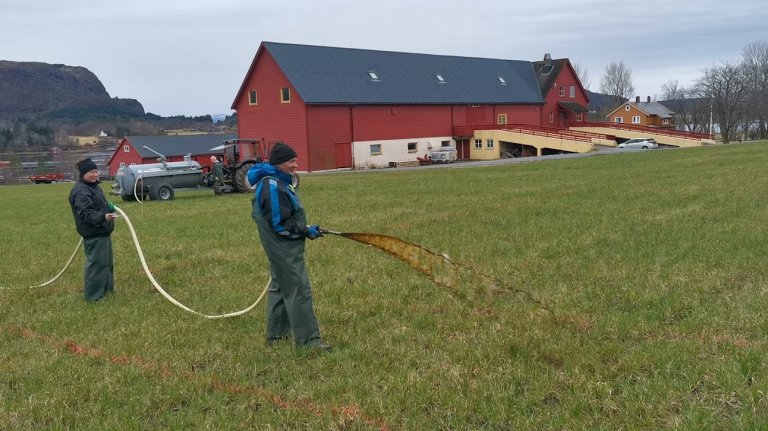
Volatile nutrients and application methods
Åsmund Kvifte is particularly interested in nitrogen. Nitrogen is the nutrient which most often limits yield in Norwegian agriculture. It is essential for building proteins. Although the air consists of 78% nitrogen, legumes are the only plants in a pasture that can directly utilize it. Grass cannot. Therefore, nitrogen containing fertilizers such as slurry are needed to ensure plant nitrogen uptake and higher yields.
– In slurries, approximately half the nitrogen is in inorganic form, as ammonium (NH4). This nitrogen is available to plants once it enters the soil but may be transformed into ammonia gas and dissipate into the air. Depending on how and when manure is spread, we may lose from 10% to over 70% of the ammonium, Kvifte explains.
– Early application by trailing hose can significantly reduce losses compared with a later broadcasting of the slurry. The same applies if the fertilizer is diluted with water. Spreading in sunny and windy conditions, on the other hand, will increase losses. While we have good models to calculate expected ammonium losses under various conditions and spreading methods, these models have not been tested for Norwegian conditions, Kvifte continues.
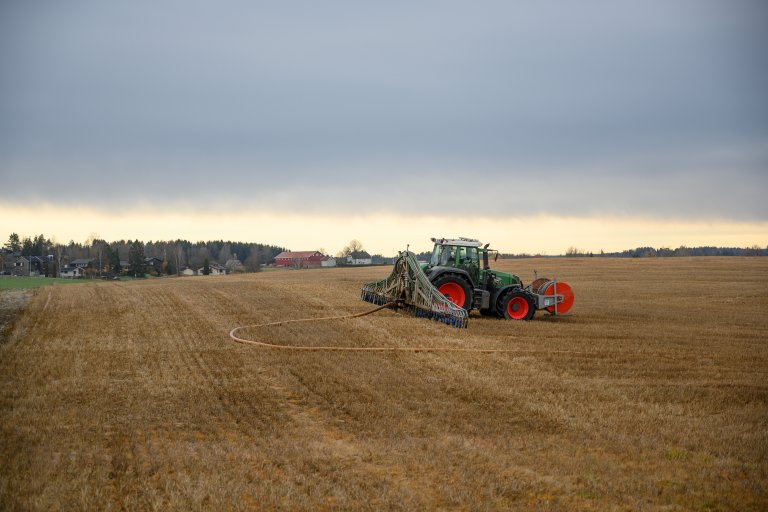
Organic nitrogen
The other half of the nitrogen in slurries is in various organic forms. This nitrogen is not as readily lost, but neither is it as readily available for plant growth. Parts of the organic nitrogen will accumulate in the soil over years, serving as a long-term nutrient source. Microorganisms must mineralize nitrogen from the complex molecules before it can be utilized by plants.
– The activity of the microorganisms increases with temperature, and we therefore expect increased mineralization in the summer months. However, excessive soil moisture will hinder nutrient mineralization and uptake. Here at Fureneset, we aim to investigate how the availability of nitrogen in slurries and soil changes throughout the season. This gives us more knowledge about nitrogen availability under the unique weather and soil conditions on the Norwegian coast. By doing so, we hope to create better models for nitrogen utilization and share knowledge tailored to the specific circumstances of our local farmers.
– With a better utilization of manure, we need less mineral fertilizer and reduce the risk of nitrogen polluting our environment rather than nourishing our plants, the researcher concludes.
Contacts

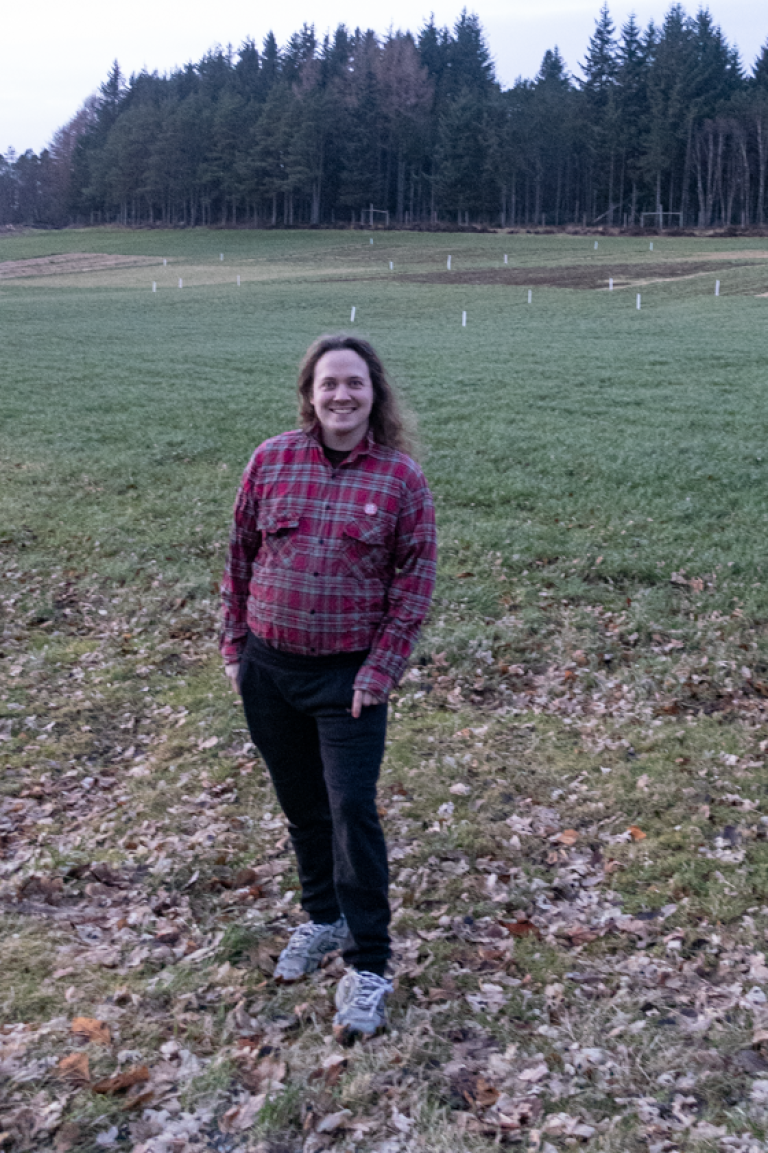

Contacts


